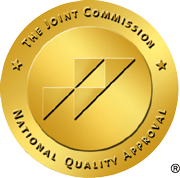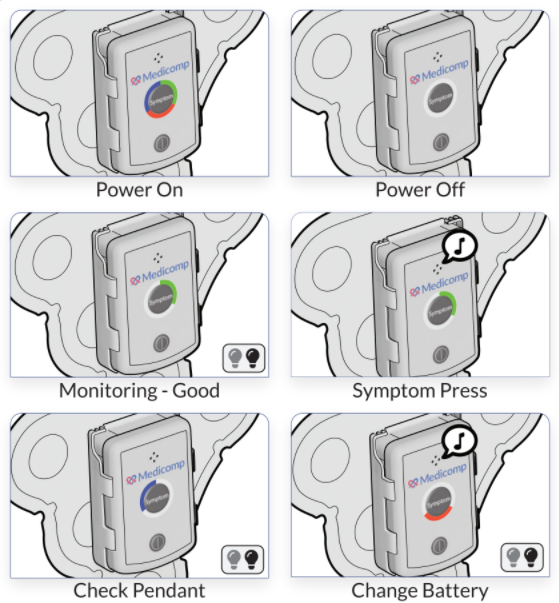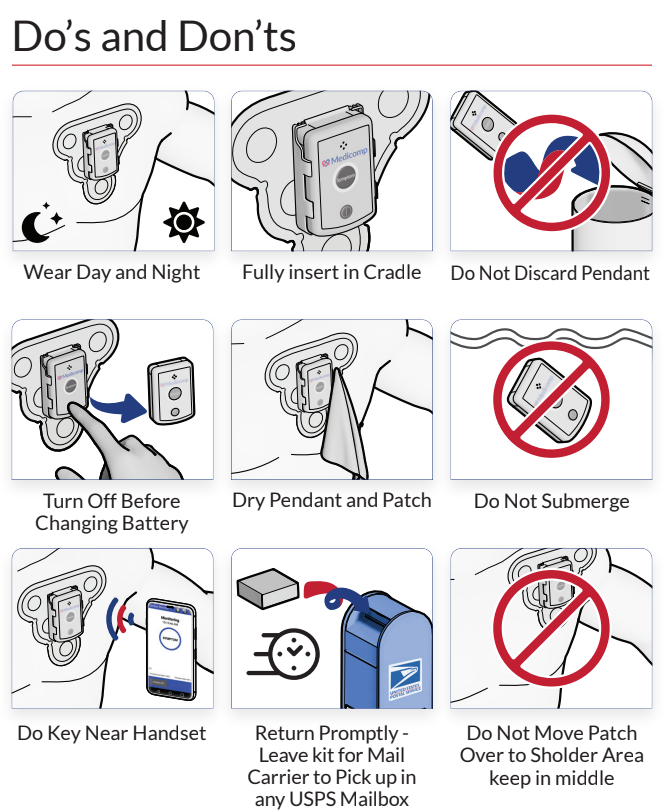Many people consider trans fats to be the worst type of fats, which can simultaneously raise your “bad” cholesterol and lower your “good” cholesterol. But what about this type of fat makes it so unhealthy? In combination with a low HDL or “good” cholesterol level, high LDL or “bad” cholesterol increases your risk of heart disease, which is the leading cause of death among both men and women.
It is believed that the body treats trans fats like saturated fats; the addition of hydrogen to oil increases your cholesterol more than other types of fat, making it more difficult to digest. At one time, trans fats were considered good because they enhanced food shelf life, improved texture and even flavor of many processed foods. When trans fats travel through your digestive system to your arteries, it can promote a buildup of plaque, which can lead to a number of heart and health risks.
Among the biggest health risks is heart disease, which has a number of symptoms including:
-
Abnormal heartbeats or arrhythmias
-
Chest pain
-
Lightheadedness
-
Dizziness
-
Shortness of breath
Many arrhythmias arise from some sort of heart disease; Atherosclerosis for example, which is when the arteries become clogged with fatty deposits, can lead to bradycardia, or a slower heart rate, and can lead to tachycardia, or a faster-than-normal heart rate. Cardiac monitoring solutions can help diagnose abnormal heart rhythms which can lead to quicker diagnoses.
How do you look for trans fat in foods? Another term for trans fat is “partially hydrogenated” vegetable oil and can be found in many foods on grocery store shelves. Some restaurants continue to use trans fats, mainly in the oil that is used to fry foods. Monounsaturated fats, such as olive or canola oil, is a healthier option than saturated fats. Other foods with monounsaturated fats include nuts, fish, and other food containing omega-3’s.
ReactDx specializes in cardiac monitoring solutions that help doctors observe arrhythmias and make diagnoses. Contact us today at 800-23-HEART to find out more about our cardiac monitoring solutions that can help you live a healthier life.



